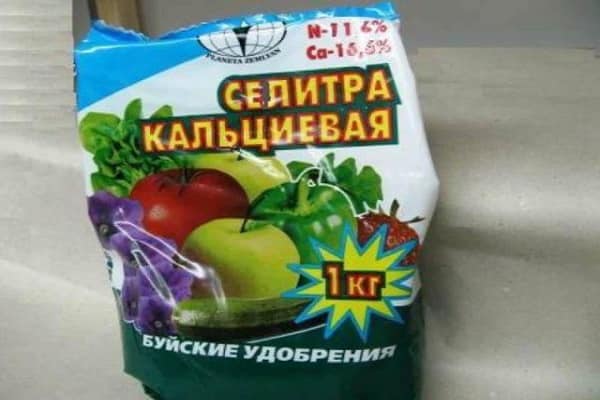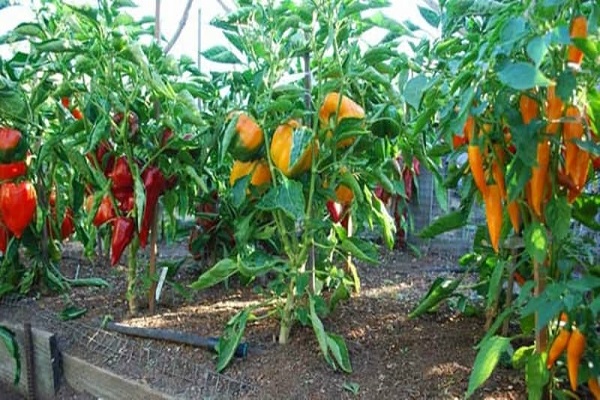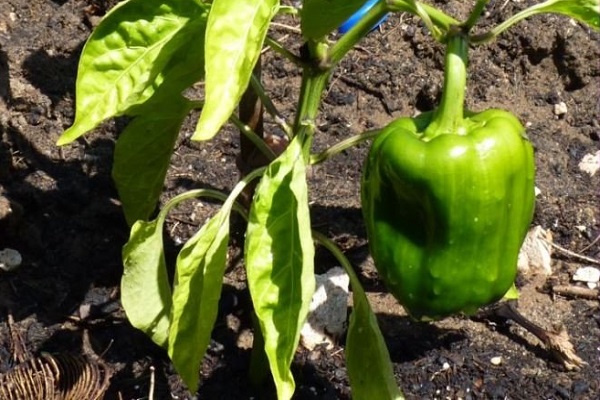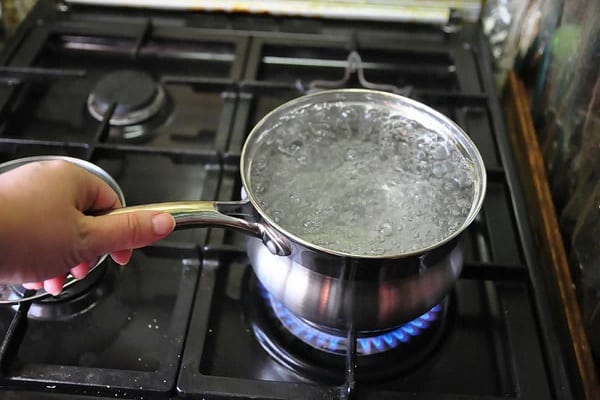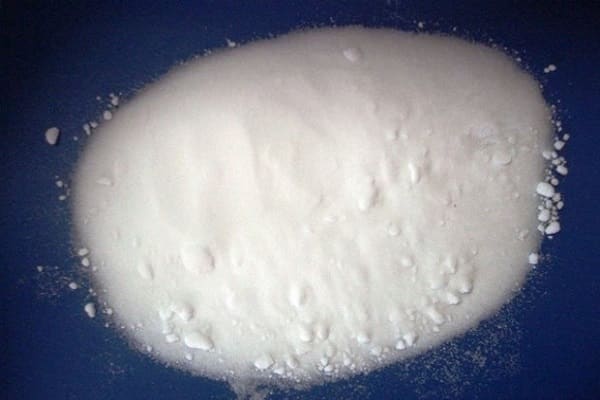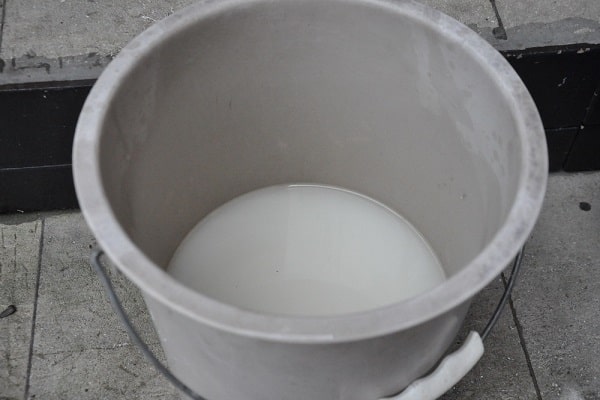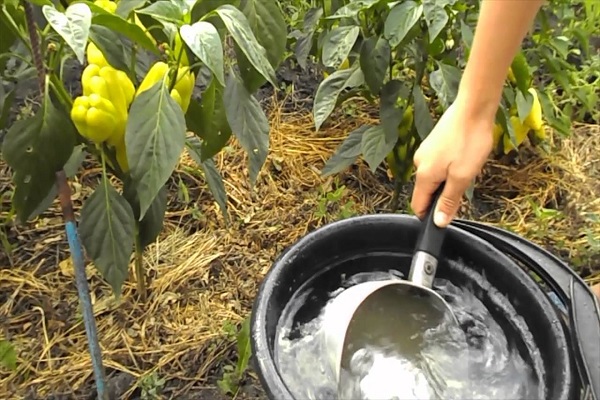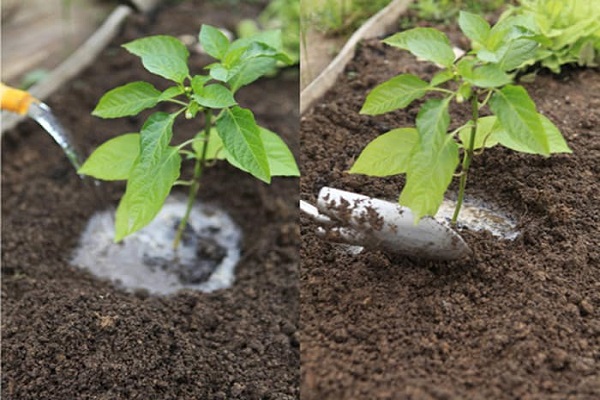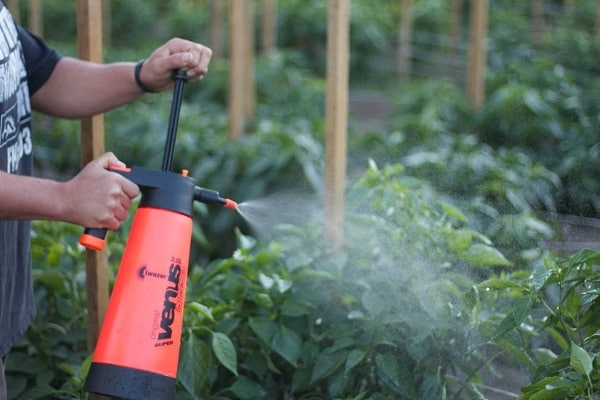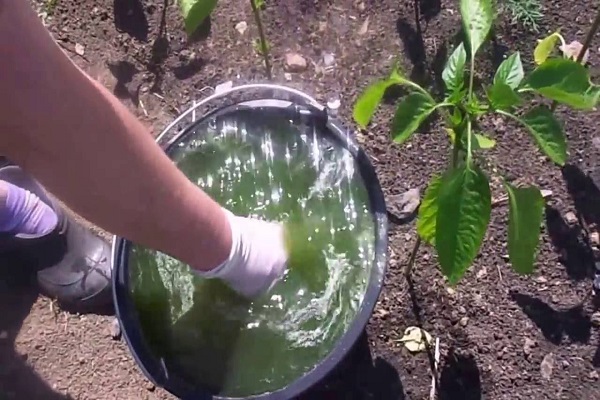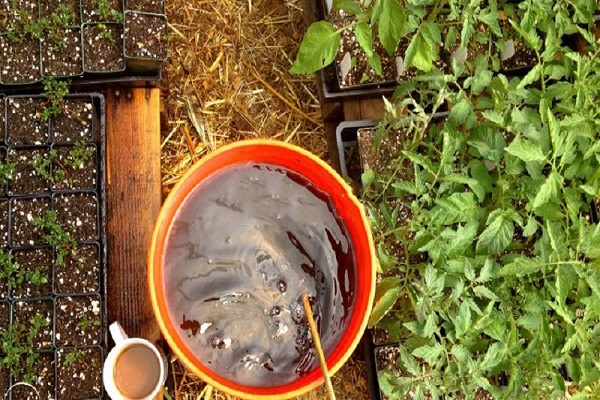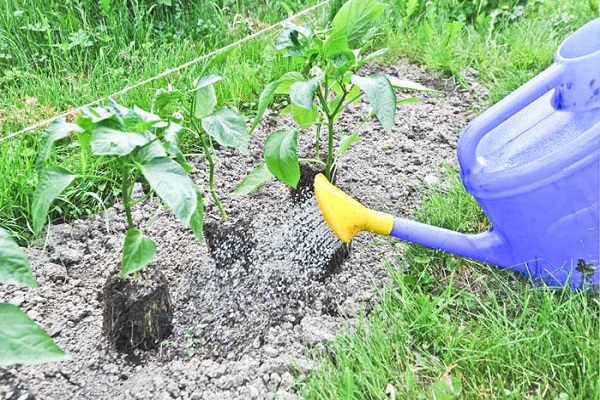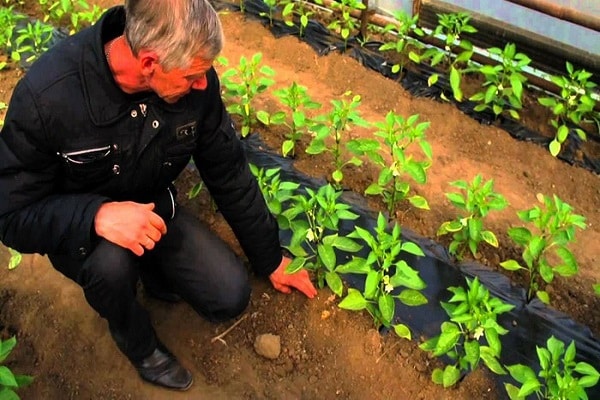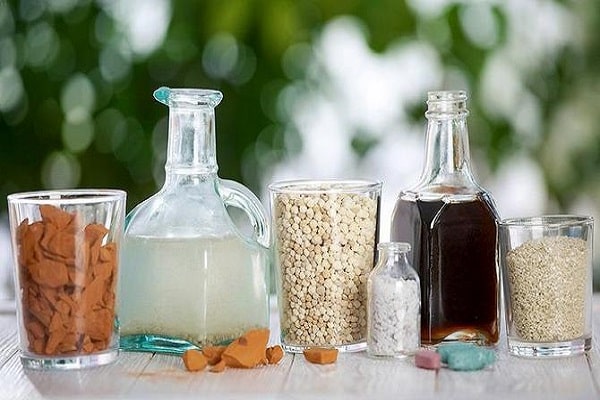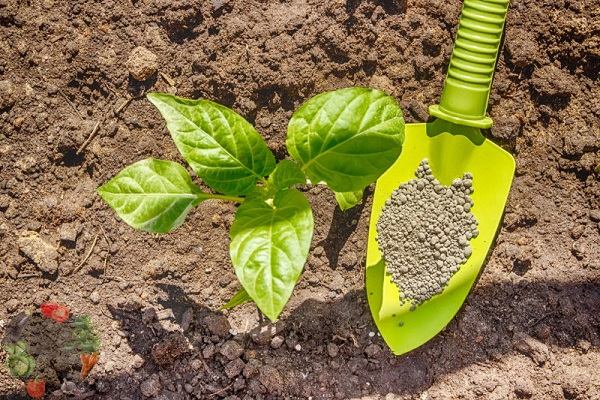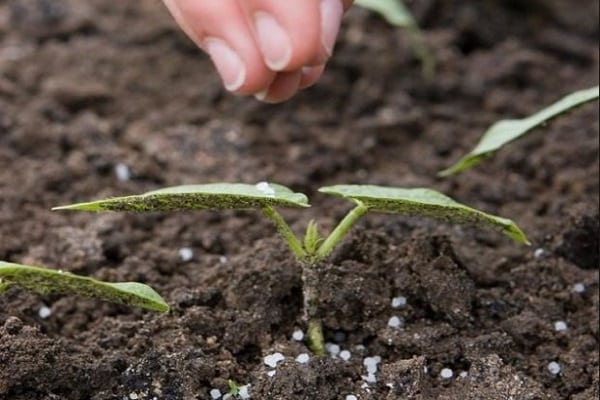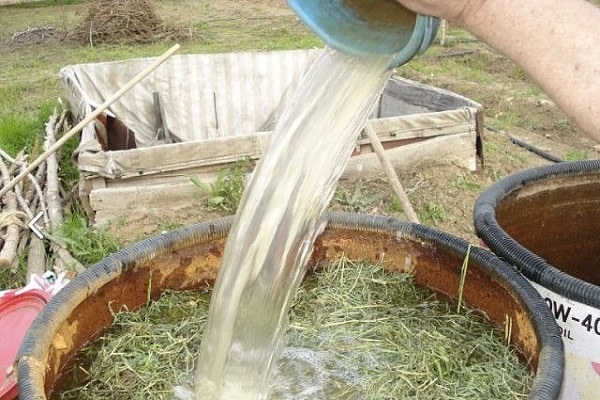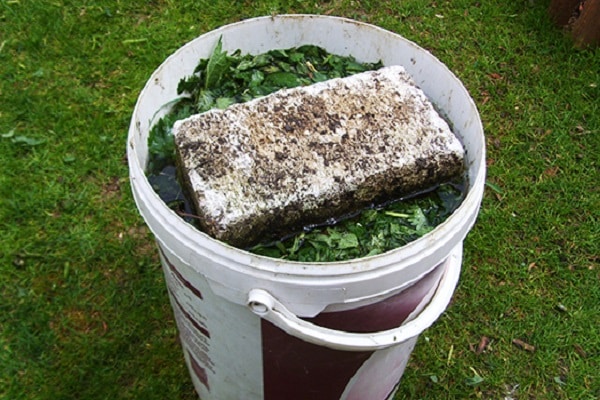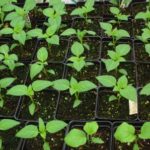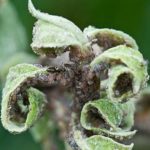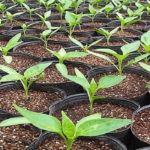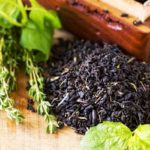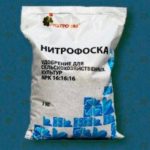Getting an excellent harvest is the key to proper care of any plant. Pepper is no exception. It needs to be processed and fed. Then the plant becomes stronger, more resilient and better able to resist various pathogens.
Calcium nitrate
Widely used for feeding plants in areas. It contains 13% nitrogen and 19% calcium. This type of fertilizer differs from similar nitrogen-containing compounds in that it does not increase the acidity of the soil. Therefore, it can be added to any soil composition.
Fertilizing the soil with calcium nitrate neutralizes high acidity and also helps fruits ripen faster. Removes excess manganese and iron from the soil.
Contains some nitrates. Therefore, as a result of application, growth is accelerated and the yield increases. If stored correctly, it has no harmful effects on the human body.
Crop processing
The use of calcium nitrate for pepper is necessary so that the plant can form fruits. At the same time, it makes them meaty and juicy.
You should feed with the following composition: 20 gr. fertilizers per 10 l. water. This solution is distributed over 1–1.5 m2 Foliar feeding is best.
Calcium nitrate is also used when the plant becomes sick with blossom end rot. White spots will appear on the fruit. Later they will begin to rot in these places. To avoid fruit loss, you can water each bush with a liter of 0.2% calcium nitrate solution.
The benefits of adding this fertilizer to the soil:
- The root system becomes stronger and resistance to certain diseases increases.
- Increases productivity, improves the taste of fruits and increases their shelf life.
- Helps the plant tolerate weather changes more easily.
It is advisable to enrich the soil with calcium before planting seedlings, during plowing in the spring. In the fall, adding calcium nitrate to the soil is useless. Since nitrogen is washed out during the winter, and calcium itself is useless without it.
Making your own fertilizer at home
For this you will need:
- 300 gr. ammonium nitrate.
- 140 gr. slaked lime.
- 0.5 liters of water.
Be sure to protect your respiratory system; a regular respirator will do.It is best to prepare the solution away from the house and other buildings; the whole process is accompanied by the release of a pungent odor that is unpleasant to perceive.
Aluminum utensils with a volume of at least 3 liters are required. Saltpeter and water are added to it. The mixture is brought to a boil and slaked lime is gradually added in small portions. After a short boil, the pungent smell of ammonia will disappear. This means that the solution is ready.
The resulting mixture should stand for some time, and the lime will begin to form a dark-colored precipitate. The part that is without sediment is carefully drained and stored. This is calcium nitrate.
In the future, its use must be calculated taking into account what crop needs to be processed and the composition of the soil in which it grows.
Applying fertilizers from the moment the first shoots appear
It is necessary to start feeding the plant by sowing the seeds. For pepper seedlings, fertilizing with a nitrogen-potassium composition is used.
- Potassium nitrate. The solution is made as follows: take 30 g. substances and dilute it in 10 liters. water. Water strictly at the root.
- A mixture of substances: ammonium nitrate (2 teaspoons), superphosphate (3 tablespoons), potassium sulfate (3 teaspoons) is diluted with 10 liters of water.
You should be very careful when handling plants. Contact of certain substances with leaves can cause burns. Therefore, if the solution gets on the leaves, it is recommended to wipe them with a damp cloth.
Creating a solid foundation for the competent and full development of seedlings will bear fruit later. Prepared plants can more easily withstand the stress they receive when transplanted to a permanent location.
Further processing of pepper
Fertilizing peppers in open ground is carried out using combined formulations. The first feeding of plants should be done before transferring the seedlings into the ground. Add 100 grams to each well. wood ash. And water with the following composition.
For 10 l. water is taken:
- 5–10 gr. superphosphate.
- 10 gr. potassium salt.
- 300 gr. humus.
Mineral fertilizers must be alternated. This will help the plant develop properly and produce the highest possible yield. If there is a lack of calcium in the soil composition, you can water it with calcium nitrate (2 grams per 10 l).
It is recommended to apply fertilizer at least 5 times. Organic fertilizers mixed with mineral additives are best suited.
- 1 kg of manure and 0.5 kg of chicken droppings are poured into a bucket of water. Leave for 4–5 days. This solution is added to irrigation water, 1 liter per bucket of water. Ammonium nitrate is also added there (1 tablespoon per bucket). This composition water the pepper 2 weeks after transplantation.
When peppers begin to bloom, there is a lack of potassium. You can water it with the following composition:
- Water: 10l.
- Superphosphate: 45–50 g.
- Ammonium nitrate: 10 gr.
- Potassium salt: 10–15 gr.
After 2 weeks, repeat the procedure.
In addition, peppers need nitrogen. Gardeners advise spraying plants during this period. The most commonly used nitrogen-containing fertilizers are:
- Ammonium nitrate (ammonium nitrate).
- Urea (urea).
- Ammonium sulfate.
Nitrogen-containing components should be used with caution. Their excess leads to the fact that the plant intensively increases its green mass.
What a summer resident needs to know about feeding peppers
Some useful tips will not only help a young gardener, but will also help an experienced specialist.
- Potassium and phosphorus are used to fertilize plants in late autumn. Then when sowing seeds and growing seedlings. A lack of phosphorus is indicated by a purple tint to the leaves.
At the very beginning, plants should be given phosphorus-containing compounds, this will help the plant grow faster. In addition, the pepper receives the necessary elements for proper development. Excess phosphorus does not harm plants; they take it from the soil as much as they need. Superphosphate can be used for this purpose. It contains 20% phosphorus.
Potassium deficiency is indicated by reddened leaves. Peppers need potassium for the formation of ovaries. Kalimagnesia is suitable for this purpose.
- Nitrogen is added to the soil before sowing, combined with other substances. Or during plant growth. Its excess leads to an increase in the ripening period of peppers, and plants are more susceptible to various diseases. Its deficiency is immediately noticeable, there are few fruits, the leaves darken and wrinkle, in some cases even the death of plants is possible.
- Magnesium. Its deficiency is indicated by yellowed and curled leaves.
Soil fertility will show what exactly the plants are missing. Timely application of fertilizers will help grow strong plants. Which will thank the summer resident with a rich harvest.
Important conditions for the use of any crop fertilizers:
- No chlorine in their composition.
- Follow directions exactly. Do not increase the dosage under any circumstances.
- The right combination.
- Careful use of certain drugs. If they come into contact with plant leaves, they can cause burns.
Folk remedies
When fertilizing peppers, many gardeners use simple means available to everyone. You can treat beds with nettle plants. The plant should not be damaged or affected by any diseases. It is advisable to collect grass that has not yet begun to form seeds.
- Half a bucket of compressed grass, fill with water, add 35–40 grams. yeast. It is advisable to build a press from stones and leave it for 2 days.
- Stir and close again using a press, repeat stirring after 3 days for 17–19 days. The readiness of the composition is determined by the nettles; they sink to the bottom.
Water the bushes with the resulting solution. Can be repeated every 10 days. At the same time, feel free to use other types of fertilizers. Many summer residents speak positively about this method.
Valentina writes: “I fed peppers this way all summer. I was pleased with the result. I recommend it to all the gardeners I know.”
Careful selection of minerals for fertilizers will lead to normal development, timely flowering, active fruiting and smooth ripening. In addition, it will increase resistance to diseases and make you immune to weather changes.

